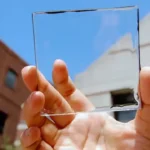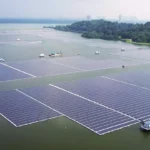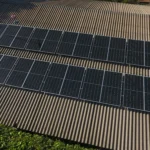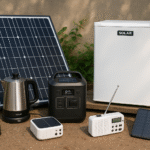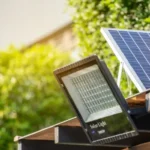Maintaining clean solar panels is essential for maximizing energy production. A solar panel cleaning brush offers a safe and effective way to remove dirt, dust, and debris without scratching delicate glass surfaces.
In this comprehensive guide, you will learn how a purpose-built brush can restore up to 25% of lost efficiency, why regular cleaning matters, and how to select, use, and care for the perfect brush. Whether you’re a homeowner with a small rooftop array or a commercial operator managing a solar farm, this post will equip you with everything you need to know about keeping your best pv panels spotless.
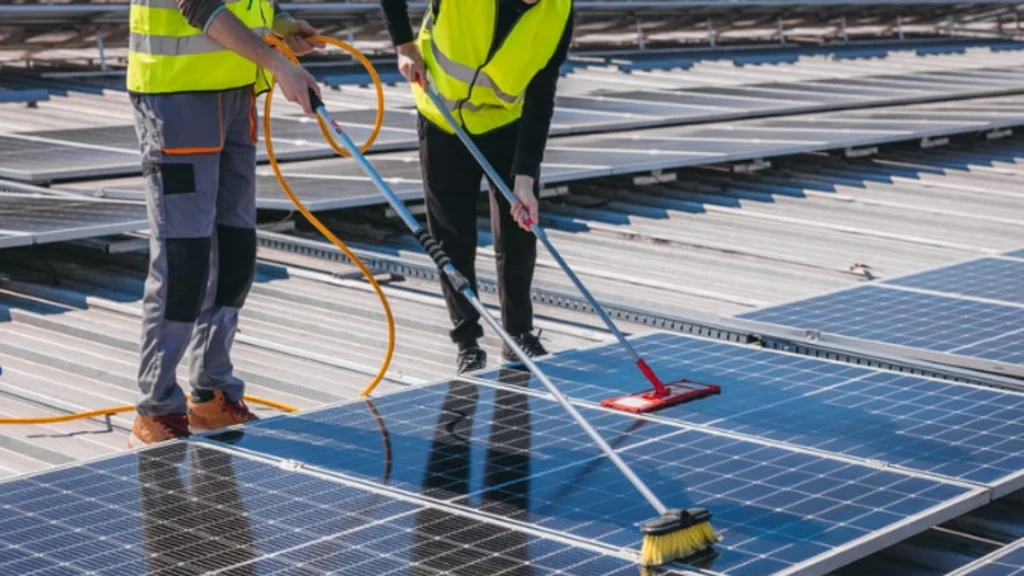
Why Clean Solar Panels Regularly?
Dirty panels can lose significant power output over time. Studies show that even a thin layer of dust reduces generation by 5–15%. Moreover, bird droppings and pollen can form stubborn stains that block sunlight. By cleaning your panels at least twice a year, you prevent long-term buildup and protect your investment. Regular maintenance also helps you spot potential issues—such as micro-cracks or loose wiring, before they become costly problems.
What Is a Solar Panel Cleaning Brush?
A solar panel brush is a specialized tool designed for the smooth glass surfaces of photovoltaic modules. Unlike household brushes, it features soft, non-abrasive bristles—often nylon or microfiber—to prevent scratches. Most models attach to a lightweight telescopic pole, allowing ground-level access to rooftop panels. Many also integrate water-fed nozzles that spray rinse water while you scrub, making the process faster and more thorough.
Key Features to Look For
When choosing a solar panel cleaning brush, certain features make all the difference. First, soft but firm bristles remove grime without damaging the glass. Second, an adjustable pole—ideally extending beyond your panel height—lets you work safely from the ground. Third, rust-proof materials such as fiberglass or anodized aluminum ensure durability in outdoor conditions. Finally, if you opt for a water-fed system, look for universal hose fittings and an on/off valve at the brush head for precise control.
Types of Solar Panel Cleaning Brushes
1. Manual Handheld Brushes
Manual brushes are compact and ideal for small arrays or ground-mounted panels. They often come with a short handle and a simple bucket-and-brush setup. Although cost-effective, they require you to climb onto the roof, which may raise safety concerns.
2. Telescopic Pole Brushes
Telescoping brushes extend from 2 m up to 6 m or more. This allows you to clean panels safely from the ground. These models lock securely at each extension, maintaining stability while you scrub. They are well suited for residential rooftops and small commercial installations.
3. Water-Fed Brush Systems
Water-fed systems combine a brush head with an integrated spray nozzle. You connect them to a garden hose or water pump. As you scrub, the brush flushes away loosened dirt and soap residue. For best results, use deionized or filtered water to avoid mineral deposits on the glass.
How to Choose the Right Brush
Selecting the proper brush depends on your installation size, location, and personal preferences. If you have few panels and easy roof access, a manual handheld model may suffice. For larger systems or hard-to-reach arrays, invest in a telescopic pole brush. For ultimate efficiency, choose a water-fed brush that rinses and scrubs simultaneously. Additionally, verify that replacement heads and poles are readily available, so you can maintain your system year after year without searching for uncommon parts.
Safe and Effective Cleaning: Step-by-Step
- Prepare the System
- Shut down or isolate the array according to your inverter instructions.
- Check weather conditions: avoid direct midday sun or freezing temperatures.
- Gather safety gear: non-slip footwear, gloves, and, if necessary, a harness.
- Shut down or isolate the array according to your inverter instructions.
- Pre-Rinse (Optional)
- Lightly spray panels with water to loosen surface dust.
- Use a low-pressure setting to avoid damaging seals.
- Lightly spray panels with water to loosen surface dust.
- Apply Mild Soap Solution
- Mix a biodegradable, phosphate-free detergent with water.
- Apply gently using your brush or a soft sponge.
- Mix a biodegradable, phosphate-free detergent with water.
- Scrub Gently
- Use circular motions, starting at the top and working downward.
- Avoid excessive force that could crack glass or dislodge wiring.
- Use circular motions, starting at the top and working downward.
- Rinse Thoroughly
- Flush away all soap and debris, ensuring no streaks remain.
- Let water drain off naturally; avoid using squeegees that may scratch.
- Flush away all soap and debris, ensuring no streaks remain.
- Inspect and Finish
- Check for missed spots, smudges, or damage.
- Allow panels to air-dry before reactivating the system.
- Check for missed spots, smudges, or damage.
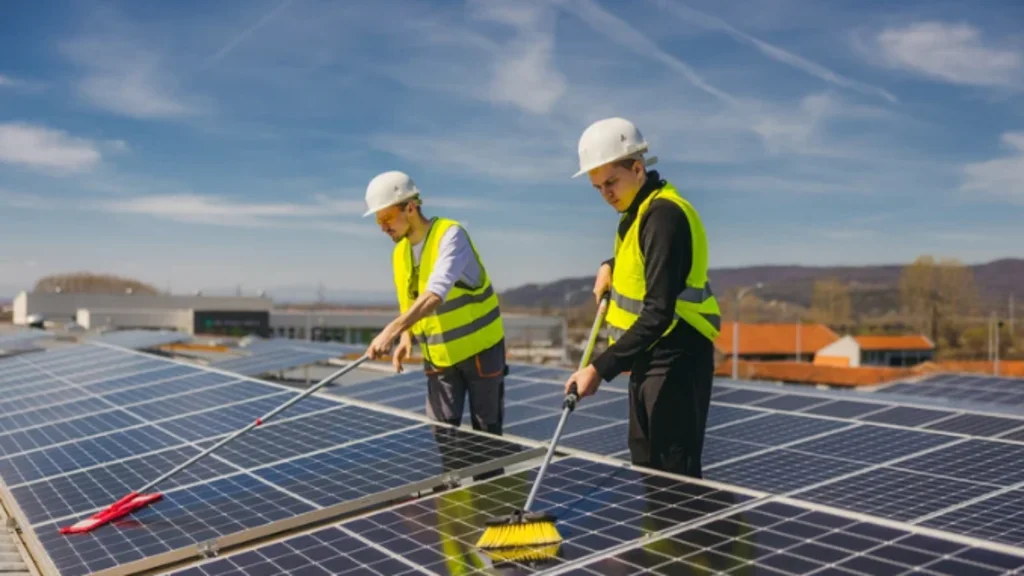
DIY vs. Professional Cleaning
While many homeowners successfully clean their own panels, there are times when professional help makes sense. If your array is on a steeply pitched roof or you lack proper safety equipment, hiring trained cleaners reduces risk. Professionals often have specialized lifts, purified water systems, and insurance coverage. On the other hand, if you have a ground-mounted system or low-slope roof and feel comfortable with ladders, a DIY solar panel cleaning brush can save you money over time.
you can also visit here:1000 watt solar panels.
Maintenance and Storage of Your Brush
After each cleaning session, rinse the bristles thoroughly to remove residual dirt and soap. Gently shake out excess water and let the brush air-dry away from direct sunlight. Store poles and brush heads in a dry, shaded area to prevent UV damage and corrosion. Inspect the bristles periodically; if they become bent or worn, replace the brush head to maintain cleaning performance and protect your panels.
Cost and Value Comparison
Investing in a quality brush may cost more upfront but saves in the long run by preventing panel damage and maintaining peak output. Here’s a quick pricing overview:
| Brush Type | Price Range |
|---|---|
| Manual Handheld Brush | $15 – $30 |
| Telescopic Pole Brush | $40 – $80 |
| Water-Fed Brush System | $70 – $150 |
| Replacement Brush Head | $10 – $25 |
Budget brushes may shed bristles and wear out quickly, whereas mid-range and premium models last multiple seasons. Water-fed systems carry a higher price tag but deliver greater efficiency and speed, particularly for large installations.
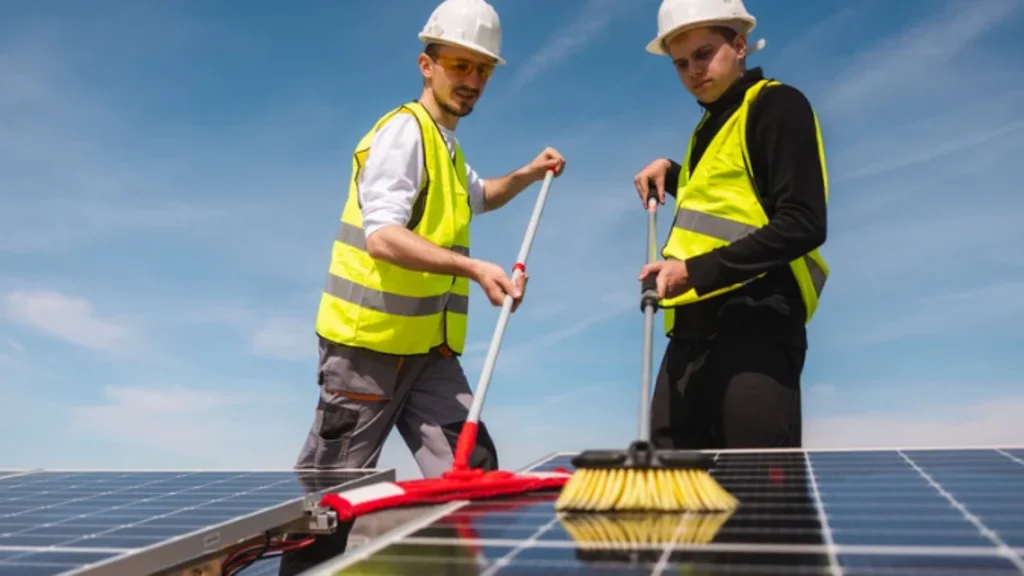
Tips for Prolonged Panel Efficiency
Beyond cleaning, take these steps to ensure consistent solar performance:
- Monitor Output: Use your inverter’s data portal to spot drops in production.
- Trim Overhanging Branches: Prevent shading and sap buildup.
- Inspect Seals and Wiring: Check junction boxes and façades for water intrusion.
- Schedule Regular Check-ups: At least one professional inspection every 2–3 years.
Frequently Asked Questions
- How often should I clean my panels?
Twice a year is a good baseline; quarterly in dusty or pollen-heavy climates ensures optimal output. - Can I use household detergents?
Use a mild, biodegradable soap. Harsh chemicals can leave residue and damage panel coatings.
- Is it safe to clean on a hot day?
Avoid the midday sun. Clean early morning or late afternoon to prevent rapid water evaporation and potential micro-cracking.
- Do I need deionized water?
For streak-free results, especially in hard-water areas, deionized or filtered water is recommended.
- Can I damage panels with a brush?
Only if you use stiff bristles or excessive force. Always choose a brush made specifically for solar panels and scrub gently.
With the right solar panel cleaning brush and technique, you can restore lost efficiency, protect your investment, and enjoy years of reliable clean energy. Whether you choose a handheld model, a telescopic pole, or a water-fed system, regular maintenance will keep your panels performing at their best.


